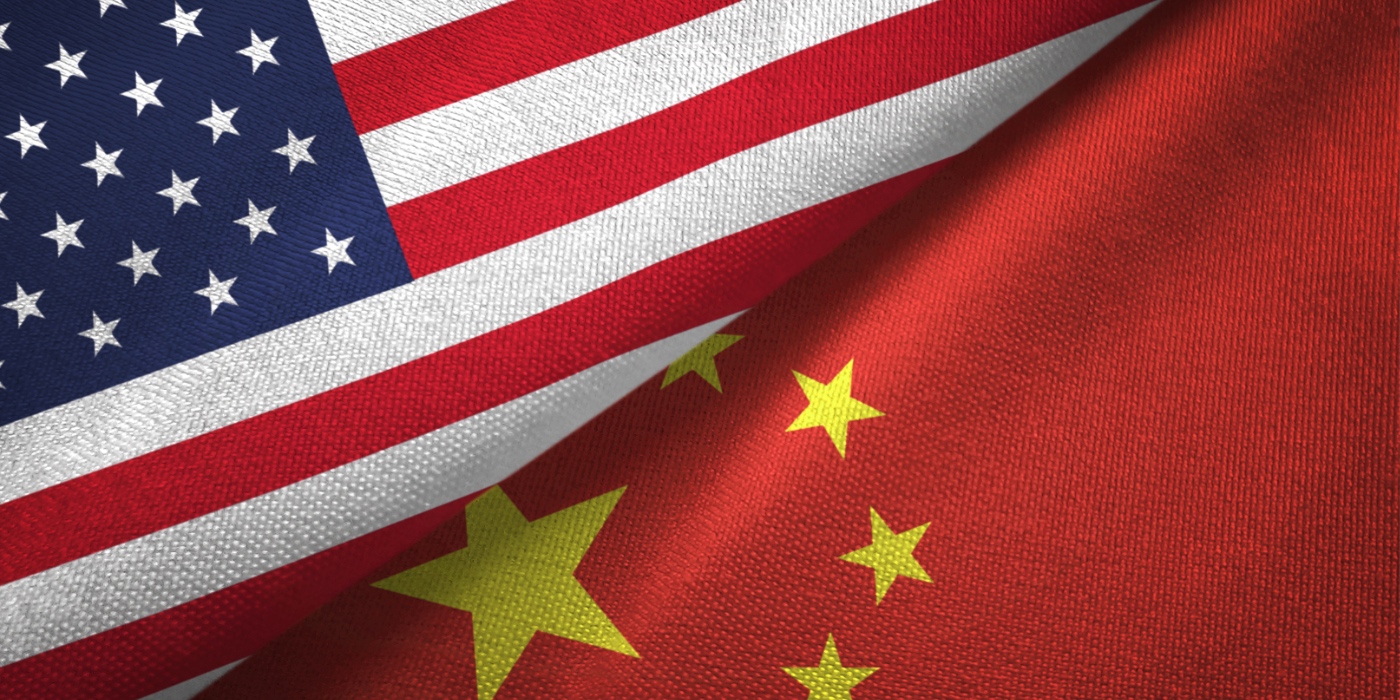Willamette University's Peter and Bonnie Kremer Chair and Professor in Economics Yan Liang helps us understand the implications of the additional 10 percent tariff on Chinese imports that was recently implemented by the United States and offers information and insights into how this trade policy will affect both global markets and our national economy.
There is a lot of (sometimes conflicting) information being shared about tariffs. What is the United States’ most recent tariff on China? How does it differ from other recent U.S. trade policy toward China?
The current policy imposes an additional across-the-board 10% tariff on imports from China, on top of the existing tariffs. In 2018, during the Trump administration's first term, a 25% tariff was implemented on around $300 billion worth of imports from China (consumer goods were largely exempted). This raised the average tariff rate to 19.3%, over six times higher than before the trade war. The Biden administration continued these tariffs and added an additional 100% tariff on China's electric vehicles.
What impacts will American consumers experience in terms of prices and product availability?
Tariffs are mostly paid by importers who, in turn, pass along the higher import costs to consumers. With consumer goods now subject to these new tariffs, American consumers can expect to see price increases on a range of products, including consumer electronics like iPhones and computer equipment - some of the top consumer goods imported from China. However, the impact on American consumers may be mitigated to some degree by currency fluctuations, such as the 3.7% depreciation of the Chinese yuan relative to the U.S. dollar since Trump's recent election. A stronger dollar compared to the yuan could mean American consumers won’t pay as much as 10% more for these imported goods.
How will these tariffs impact the U.S. economy in general?
Given that Chinese imports account for only 15% of total U.S. imports and 1.5% of U.S. Gross Domestic Product as of 2023, rising import costs due to the 10% additional tariff could contribute to elevated inflation but the impacts won’t be significant.
That said, a tariff is a regressive tax, which means lower-income families whose consumption of imports is a larger share of their income will be more affected by the tariff. Additionally, as about 1/5 of Chinese imports are intermediate goods used in U.S. industrial production, the higher costs of these inputs could increase production costs, which could get passed on to consumers.
What are the key sectors and industries that will be most affected by these tariffs?
As of 2023, China’s top exports to the U.S. include electrical and electronic equipment, machinery, furniture, lighting, signs, prefabricated buildings, toys, games, and sports equipment, so these industries will be most affected. In addition, China has retaliated by restricting 25 rare minerals exports,including tungsten and indium, which are essential for electrical and aerospace products, so these sectors could also be affected. China also retaliated by imposing 10-15% tariffs on U.S. energies such as coal and liquefied natural gas, farm machinery, large-engine cars and pickup trucks, so these industries may also be negatively affected.
How do you think U.S. businesses will adapt in response to these tariffs?
In the short term, the U.S. businesses will have to shoulder the higher costs of imports. In the medium and long term, U.S. businesses may have to find alternative supplies.
While U.S.-China trade continued to grow since the initial Trump-era trade war, the share of bilateral trade declined as a proportion of total U.S. trade. This suggests U.S. importers have sourced more goods from other countries such as Mexico and Vietnam. However, evidence indicates China has also exported more to these countries. This means that even as U.S. importers shift away from direct Chinese suppliers, some of these "third country" imports may still ultimately originate from China.
Which economies would potentially benefit from this tariff on China?
As noted above, the countries that compete with China for the U.S. market as well as the “connector” countries could benefit from tariffs on China. The U.S. may reduce imports from China and import from other countries instead. Additionally, as businesses try to avoid the tariffs on China, they may adopt the so-called “China Plus One” strategy. For example, Apple may open a factory in China but also one in India to diversify their supply chain. In this case, the countries that receive the foreign direct investment would likely benefit. Further, Chinese suppliers themselves may choose to invest in other nations to set up alternative supply chains outside of China, again providing opportunities for those host countries.




